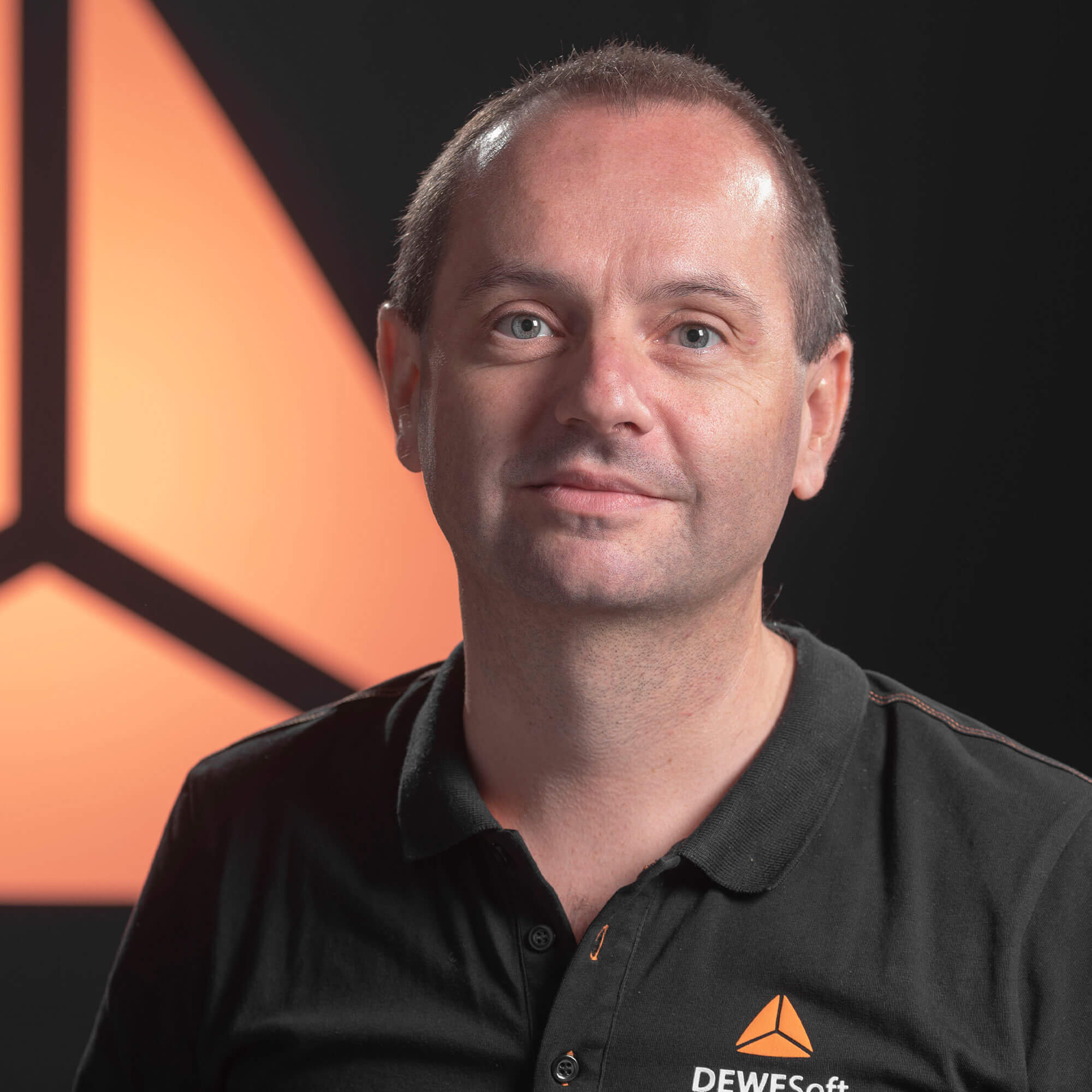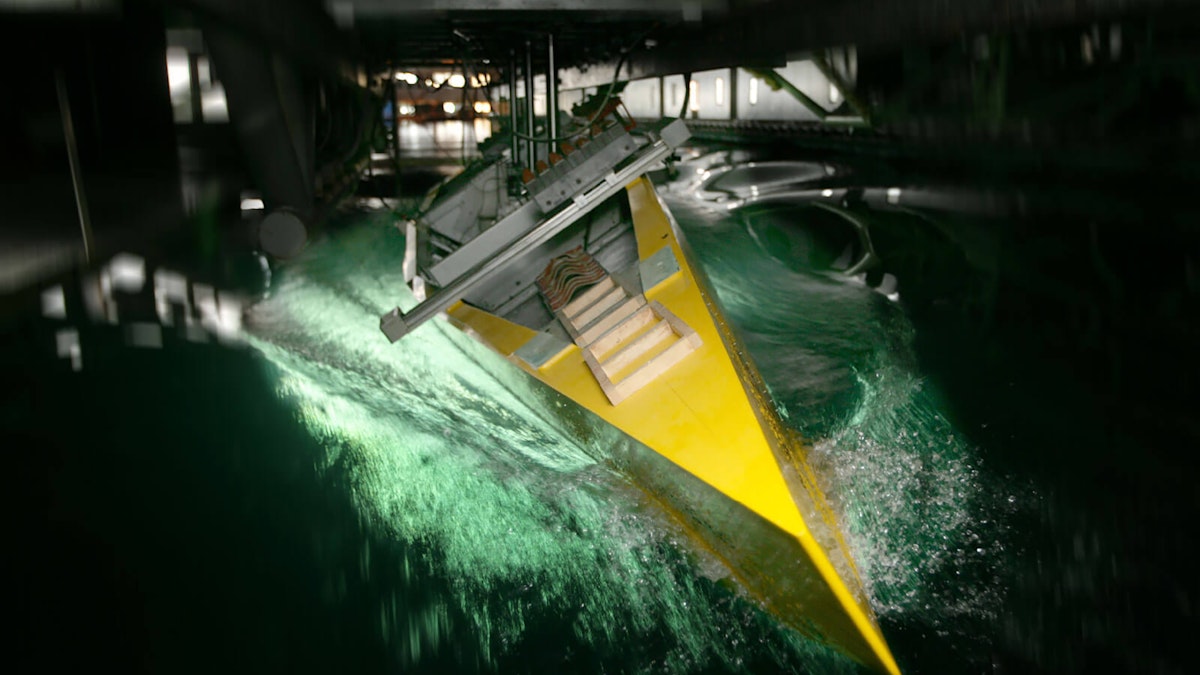Table of contents
Browse categories
Browse authors
 AB
ABAlberto Boffi
 AL
ALAlessia Longo
 AH
AHAl Hoge
 AB
ABAljaž Blažun
 BJ
BJBernard Jerman
 BČ
BČBojan Čontala
 CF
CFCarsten Frederiksen
 CS
CSCarsten Stjernfelt
 DC
DCDaniel Colmenares
 DF
DFDino Florjančič
 EB
EBEmanuele Burgognoni
 EK
EKEva Kalšek
 FB
FBFranck Beranger
 GR
GRGabriele Ribichini
Glacier Chen
 GS
GSGrant Maloy Smith
 HB
HBHelmut Behmüller
 IB
IBIza Burnik
 JO
JOJaka Ogorevc
 JR
JRJake Rosenthal
 JS
JSJernej Sirk
 JM
JMJohn Miller
 KM
KMKarla Yera Morales
 KD
KDKayla Day
 KS
KSKonrad Schweiger
Leslie Wang
 LS
LSLoïc Siret
 LJ
LJLuka Jerman
 MB
MBMarco Behmer
 MR
MRMarco Ribichini
 ML
MLMatic Lebar
 MS
MSMatjaž Strniša
 ME
MEMatthew Engquist
 ME
MEMichael Elmerick
 NP
NPNicolas Phan
 OM
OMOwen Maginity
 PF
PFPatrick Fu
 PR
PRPrimož Rome
 RM
RMRok Mesar
 RS
RSRupert Schwarz
 SA
SASamuele Ardizio
 SK
SKSimon Kodrič
 SG
SGSøren Linnet Gjelstrup
 TH
THThorsten Hartleb
 TV
TVTirin Varghese
 UK
UKUrban Kuhar
Valentino Pagliara
 VS
VSVid Selič
 WK
WKWill Kooiker
Naval and Marine Performance Testing and Simulation


I really like visiting this place – popularly known as the Italian Ship Model Basin. The huge water tanks, the large testing rigs, the labs, the lake, and the mix of engineering theory and practical experimenting and testing.
Here, in a south-western suburb of Rome, researchers, engineers, and technicians perform numerical and experimental research on naval hydrodynamic and marine engineering, performing tests of new marine vessels, renewable energy devices, propellers, etc. All this, among others to ensure efficient and safe maritime transport and to reduce risks to the ship and crew.
The Marine Technology Research Institute (formerly Istituto Nazionale per Studi ed Esperienze di Architettura Navale INSEAN) is an institute of the Italian National Council of Research, Consiglio Nazionale delle Ricerche (CNR).
Often everything starts from a numeric model – and the skilled staff is capable of calculating very complex models by using the advanced data acquisition, recording, and analysis software, DewesoftX.
In some cases, they are also called to fine-tune such simulation software by verifying the correct correspondence between the model and the real-world test.
To achieve this, they have the internal capability for very complex mechanical productions. They are able to model wood, metals, and polymers even using the newest additive manufacturing technologies, and bring all the parts together in a functional system to be tested in their experimental facilities.
The model structure is normally verified in our laboratory using Modal Analysis techniques before performing the test in the towing tank.
Then the model is equipped with all sorts of highly sophisticated transducers, e.g. 6 axis load cells, accelerometers, inertial units, optical 6DOF hull position, and orientation measurement system from the Metrology Laboratory.
Head of Metrology Lab, Mr. Roberto Basti, and his team are in charge of guaranteeing measurement quality in these complex scenarios:
Every time each experiment has a different setup and it’s always a challenge that we really like to take on.
We met the first time about ten years ago, at that time they were using several different measurement instruments, most of them developed in house by different research groups according to specific needs.
Developing custom instruments can be very exciting for researchers but is not really suitable to a Marine Research Center long term view.
Researchers may move from one site to another and the required knowledge is gone and also homemade systems are not always fully tested, they always stay in a prototype stage and they are continuously developed and modified.
One data acquisition (DAQ) system for all applications
Then and there, the technical director was searching for a new solution for acquiring data in most of the applications of the research center.
He was looking for a new industrial technology with high measurement performances to be used both in laboratories and field, able to bring reliability in harsh environments, with adequate performances both for hull dynamics and NVH applications and very compact and lightweight since they normally deal with models in scale and need to take care of weight balancing in the water.
At the time, we proposed the award-winning DEWE-43 data acquisition system and they fell in love with it. DEWE-43 weighs under two pounds and is small enough to fit in a hand. The instrument is not only tough but also light for maximum portability - every unit out of a solid block of aluminium. DEWE-43 is an ideal solution for various dynamic data acquisition applications even the most demanding test and measurement challenges - it is like a Swiss Army Knife for every test and measurement engineer.
This data acquisition hardware can acquire different signals like analog, CAN, counter, encoder, and digital. With the power of included DewesoftX software, it easily acquires and combines data from additional interfaces like GPS, Flexray, Ethernet, Serial, PCM telemetry, and many more. Even though each data source can have different sampling rates, all data are perfectly synchronized down to microsecond accuracy.
Thanks to the excellent flexibility of DewesoftX Software, they were able to use these systems practically in any of their typical applications without missing their legacy systems at all.
TEDS smart sensors technology
Our work changed when we learned about TEDS technology. We were used to providing calibration data to the field engineers to perform the measurement but now we can easily store these data directly in every sensor so that they can focus on the test without the need to worry about calibration parameters. We like this functionality so much that we installed the TEDS chip practically on every sensor we have.
The testing facilities
I like to walk around in this testing facility, it is simply amazing.
There is one huge towing tank of about 500m, so long that the tank has been built following the Earth curvature - as the water surface would do - and not straight to avoid vertical position offset of models under test (about 18 cm). The second towing tank is shorter (about 220m) but it can generate controlled waves to analyze hull behavior at difference sea force levels.
Smaller facilities for basic research (turbulence, drag reduction, sloshing, wave breaking, internal waves) are somehow shadowed by these big structures, but not less interesting.
Among the others, there’s also the hydraulic channel for free surface measurements is a quite new facility that entered service during 2002 and is used for basic fluid dynamics experiments. It is 27 m long, with a 0,6 m 0,6 m cross-section.
In these facilities several tests are regularly done, DEWE-43 DAQ system is always onboard.
Not all the tests can be performed within a limited testing area, this is why this marine testing center can perform test in a very quiet volcanic lake south of Rome (Lago di Nemi).
The lake takes is located in a volcanic crater and thus surrounded by hills. It is a perfect scenario to test hulls in scale 1:1. The absence of wind and waves make the place perfect for handling tests while the lake bottom shape and the distance from urban areas offer a low noise environment especially underwater.
We had a good time together, and different challenging projects to measure underwater noise and boat comfort but in these applications, the DEWE-43 data acquisition system is no longer sufficient and the complete Dewesoft power needs to be expressed.
CNR-INM acquired a versatile USB and EtherCAT data acquisition system, SIRIUS DAQ, designed to be flexible, modular, expandable, and secure. The main goal of the development of SIRIUS was to create a simple-to-use device that prevents frequent errors during the measurement process.
SIRIUS modular DAQ system comes in slices or modules that can be used as stand-alone DAQ systems or stacked and daisy-chained together into a larger channel count system with a simple click-mechanism. SIRIUS data acquisition systems offer virtually unlimited configuration possibilities. Slices are available from 1 to 16 analog channel configurations and can be daisy-chained together to extend channel count. An array of different analog amplifiers enables connection with virtually any sensor.
The DualCoreADC® technology solves often-faced problems with signal measurement - input overload, noise, and artificial frequencies in the signal caused by aliasing. With this technology, SIRIUS achieves more than 130 dB signal-to-noise ratio and more than 160 dB in dynamic range.
The SIRIUS data acquisition hardware is capable of reading different signals like the voltage, strain, ICP/IEPE, charge, CAN, counter and encoder with SuperCounter® technology, and digital. Additionally, with the included DewesoftX software, easily acquires and combines data from additional interfaces like GPS, Flexray, Ethernet, Serial, PCM telemetry, and many more.
In short, SIRIUS DAQ system brought the best signal-to-noise ratio in the market and integration with all sorts of devices, including a custom-designed marine buoy able to measure water surface movements to be correlated synchronously to the measurements gathered on a boat.
By using this complex combination of Dewesoft and custom components CNR-INM was able to correlate boat noise and vibration generated by the engine in correlation to the sea force, additional measurements were performed to measure the underwater noise and study-specific noise dampers to eliminate frequencies dangerous for whales.
We love when Dewesoft is a key contribution to the improvement of the environment and CNR-INM gained new capabilities.